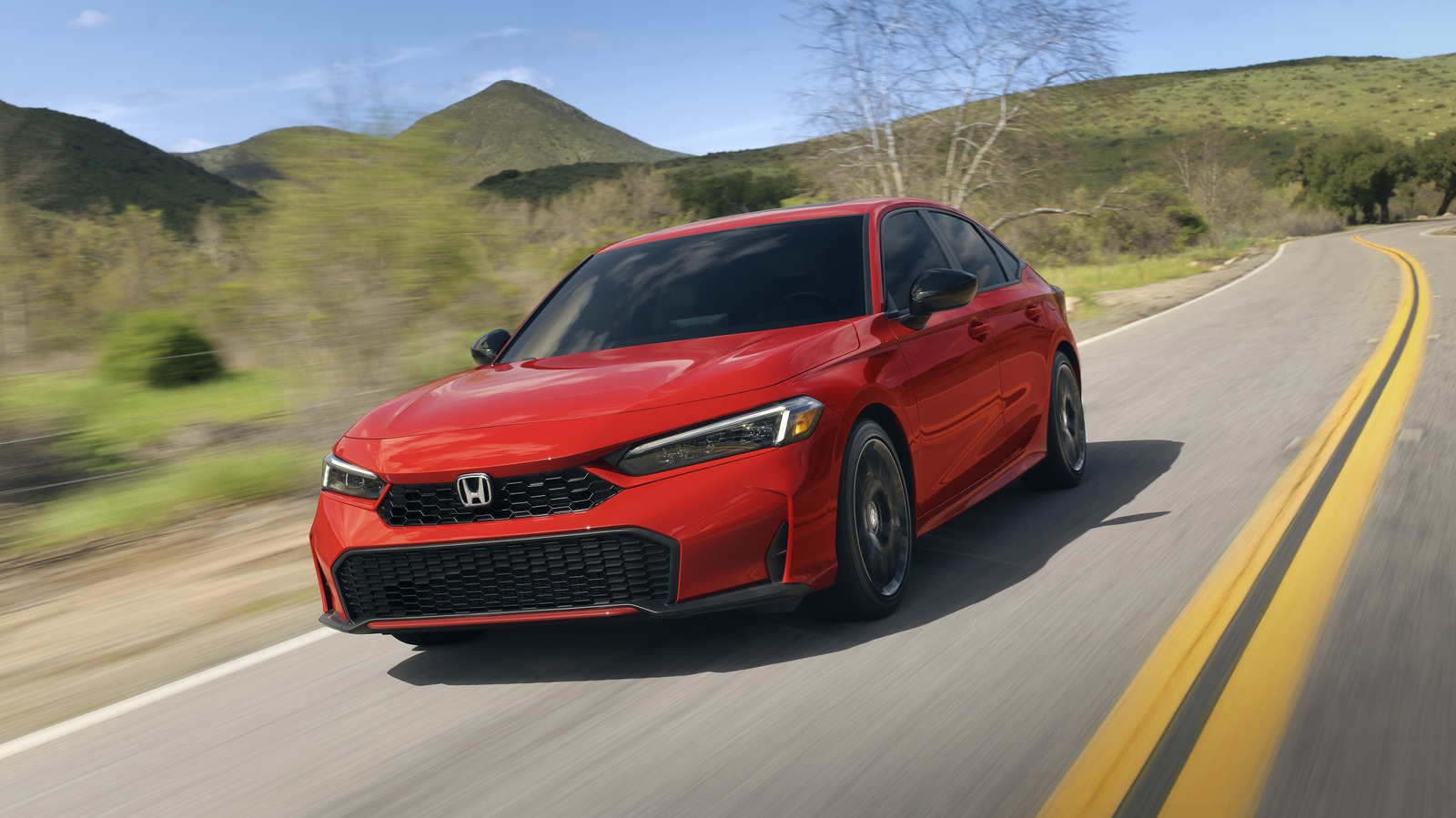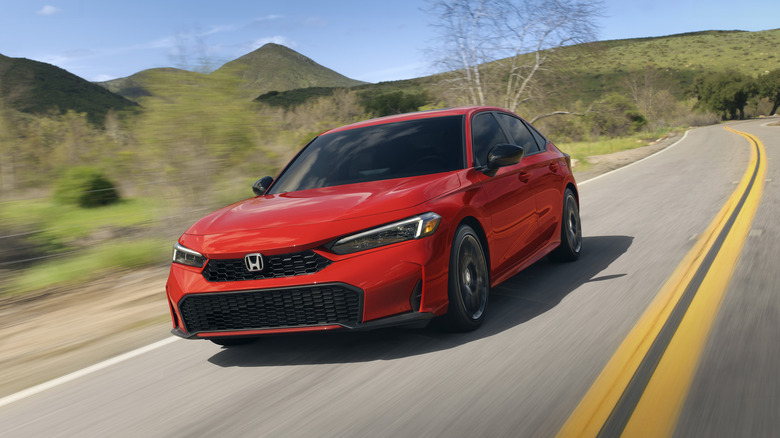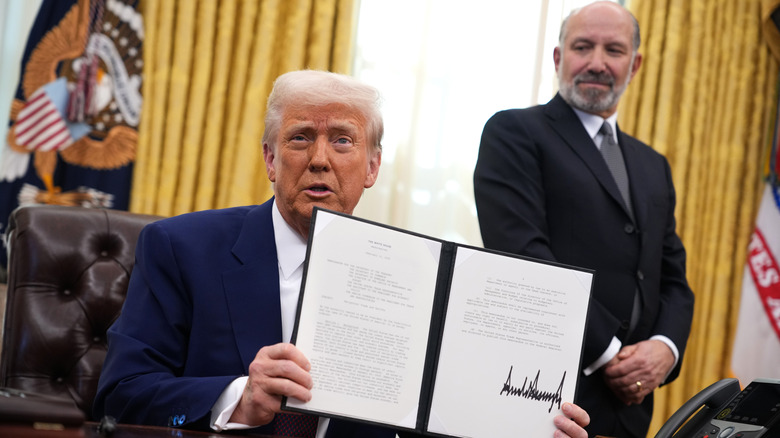Brace yourself for an alarming statistic. A whopping 92 percent of new vehicles sold in the U.S. priced under $30,000 are imports. The eight percent that aren’t do not exactly constitute a rounding error, but you would not be unfairly criticized if you argued that basically all America’s cheap cars come from someplace else. The stat comes from Cars.com and the site’s Industry Insights Report for the first half of 2025, which concludes that the Trump administration’s tariffs are “disproportionately affecting” the cheap car market.
For the record, the only American-made cars that cost less than 30 grand are not domestic models: we’re talking about the stalwart Honda Civic and Toyota Corolla. OK, technically speaking these are “American” cars because they’re made in U.S. factories, but the ugly truth is that cheap vehicles from Ford and GM are imports from Mexico, China, and South Korea. According to the Cars.com study, the supply of these inexpensive rides is going to dry up, triggering price increases as tariffs kick in through the second half of the year.
You might ask yourself why the U.S. market relies so heavily on imports to stock the under-$30,000 segment. The answer is high labor costs in America, but that isn’t the whole story. Cheap cars aren’t very profitable, if they’re profitable at all. GM, Ford, and Stellantis (owner of the Jeep, Chrysler, Dodge, and RAM brands) would rather sell you a more expensive pickup truck or large SUV than a compact sedan and are happy to make those vehicles in U.S. plants.
Why are all the cheap cars imported?
For decades, the manufacturing of small, cheap vehicles has effectively been outsourced to other countries. This has enabled American companies to remain in the segment. Tariffs are upsetting this arrangement. For auto executives, the way forward is mostly bad. Years ago, I covered a briefing at the Detroit Auto Show by then-FCA CEO Sergio Marchionne, and he was completely unflinching in his assessment of the affordable small-car market in the U.S. It was for the foreign carmakers to dominate, as in his view they had figured out how to make an acceptable margin. When interest rates were low, this arrangement actually wasn’t a major issue – buyers simply financed their way into more expensive vehicles, and for years the average transaction price on new cars and trucks has been trending up (although lately its been in moderate retreat).
But interest rates aren’t low anymore. And with tariffs, cheap cars are about to get more expensive. There was a run on new-car sales in early 2025 when tariffs were announced, as consumers sought to snap up vehicles before the import taxes hit and the automakers rolled out incentives to move the metal off dealer lots. That phase now appears to be ending, and the U.S. market is preparing to accept a new normal. The question is whether more domestic manufacturing will come online or whether carmakers will reduce production as prices invariably rise and demand flags.
Could the U.S. market remake itself?
I don’t see a scenario in which cheap vehicles suddenly aren’t imported in droves. So if tariffs aren’t dialed back, the entry-level tier is set up for a world of hurt. It’s depressing to consider this outcome after decades of Americans enjoying the world’s most competitive market and having access to all manner of choice when it comes time to purchase a new set of wheels. Supporters of Trump’s tariffs will insist that the policy will force automakers to increase U.S. production, build factories here, and ultimately hire more U.S. workers. But students of Trump’s actual motives understand that what he and his trade advisors might actually want is to compel exporters to eat the tariffs, effectively paying a substantial toll for access to the U.S. market.
That idea relies on prices somehow not going up, and of course Trump has jawboned the car companies to shield consumers from the well-understood economics of tariffs. They might play along. But that would mean they’ll lose even more money on inexpensive cars than they are already. The logical response would be to reduce supply. In the near term, we’re likely to see fewer sub-$30,000 cars available as tariffs make life far more unpleasant for the segment.





